Professional septic tank pumping that prevents backups, eliminates odors, and keeps your system running smoothly.
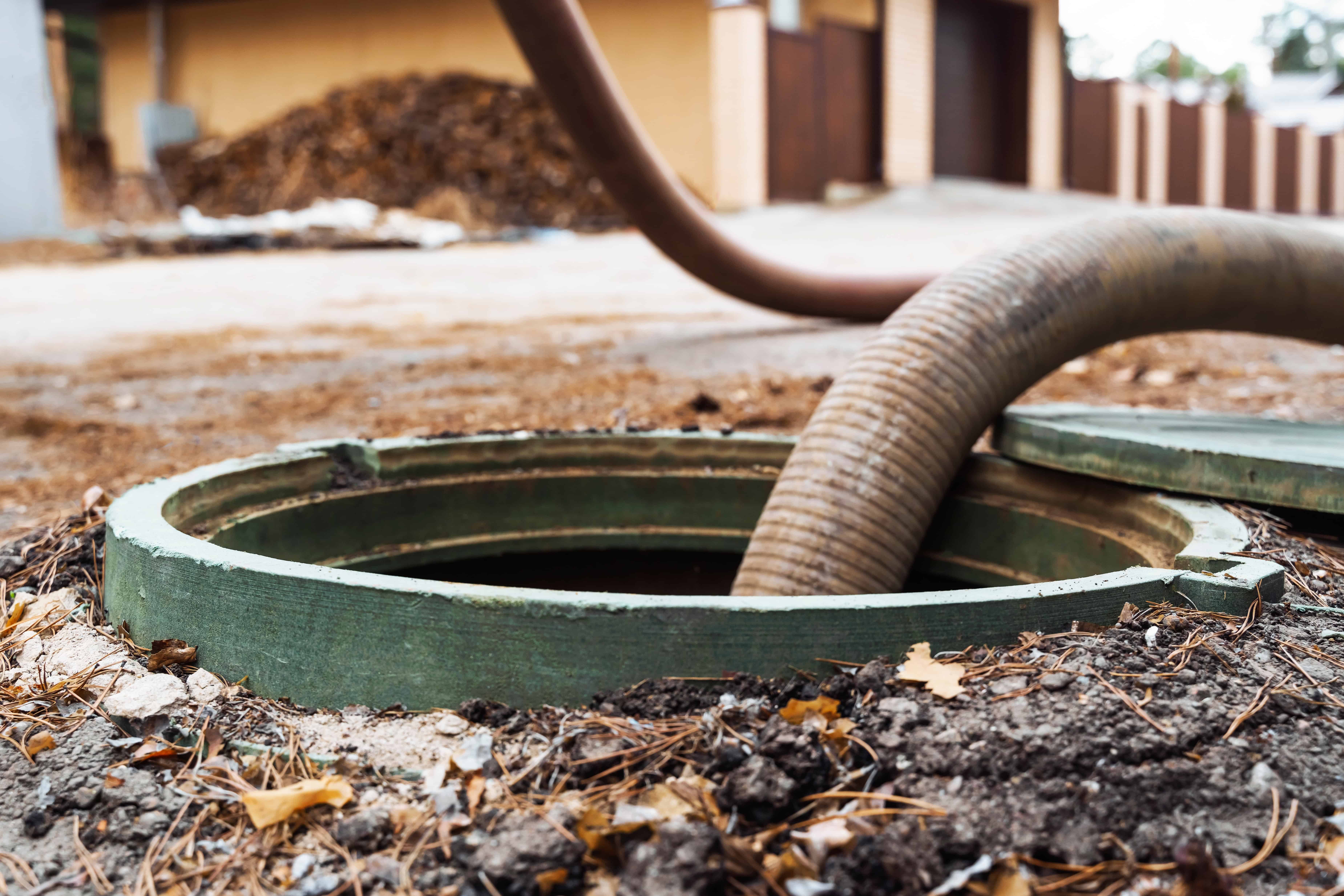
Hear from Our Customers
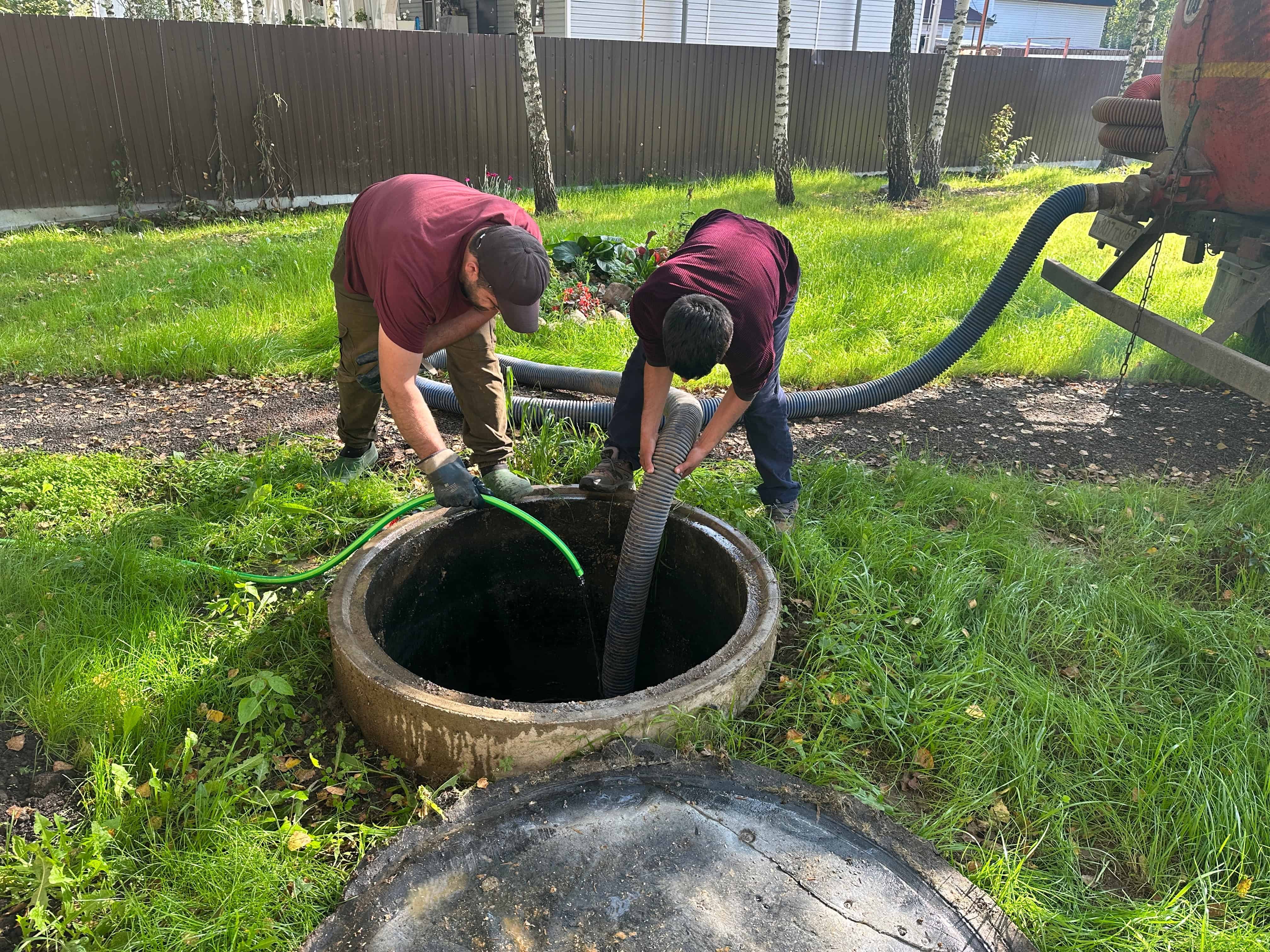
When your septic tank gets pumped correctly, you stop worrying about backups in your basement or sewage smells in your yard. Your drains flow freely again, toilets flush without hesitation, and that nagging concern about your septic system just disappears.
Regular septic tank pumping prevents the sludge buildup that causes expensive system failures. Instead of facing a $15,000+ septic replacement, you’re investing in maintenance that keeps everything working for years to come.
You get back to using your home normally without wondering if the next flush will cause problems. Your property stays clean, your family stays healthy, and your septic system does its job quietly in the background like it should.
We’ve been handling septic tank pumping throughout Mastic and Suffolk County for years. We understand how Long Island’s sandy soil affects septic systems and what local homeowners actually deal with.
You’re working with licensed professionals who carry proper insurance and handle waste disposal exactly how New York regulations require. We show up when scheduled, do the work right, and charge what we quote.
Most of our customers call us back every few years because we do thorough work without the runaround. We’re not the cheapest option, but we’re the one that gets your septic system completely cleaned so it works properly until the next service.
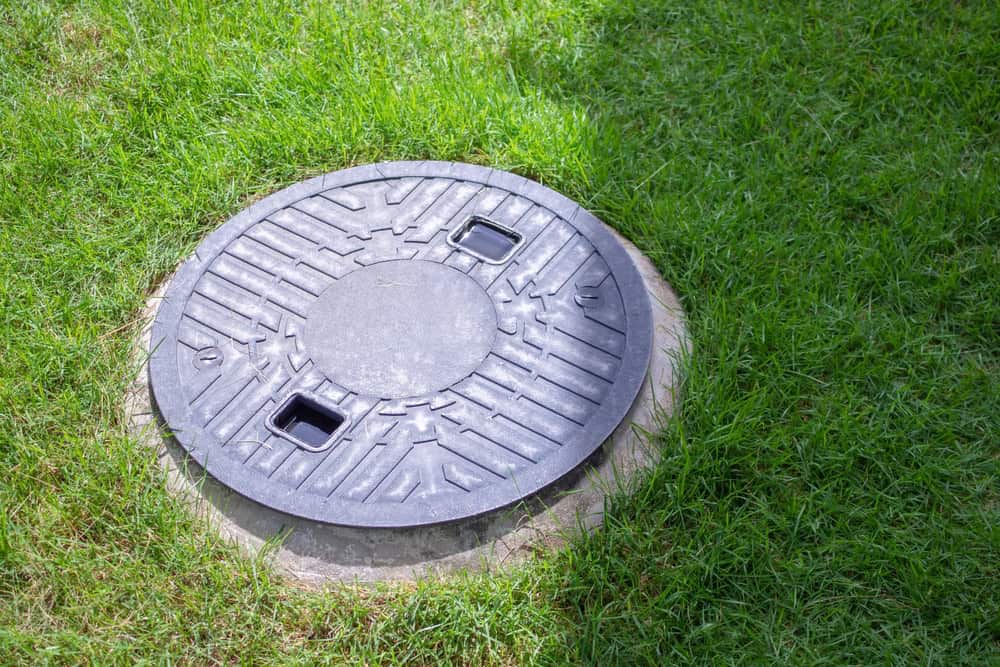
First, we locate your septic tank and access ports, then remove the covers to inspect the current sludge and scum levels. This tells us exactly how much pumping your system needs and if there are any obvious issues to address.
Next, we use professional vacuum equipment to completely remove all liquid waste, sludge, and floating debris from your tank. We don’t just skim the surface – we pump until your tank is empty and clean.
Finally, we inspect the tank condition, baffles, and inlet/outlet pipes before closing everything back up. You get a clear explanation of what we found and honest recommendations about when you’ll need service again. Most residential tanks need pumping every 3-5 years depending on household size and usage.
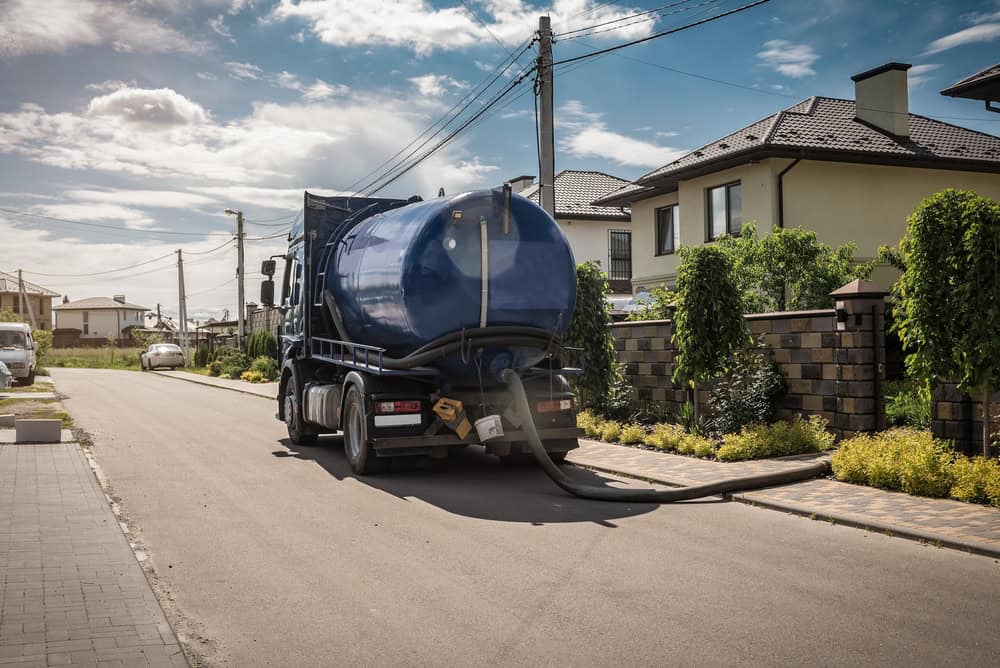
Ready to get started?
Your septic tank pumping includes complete waste removal, not just partial pumping that some companies do to save time. We pump until your tank is empty, which means you get the full service interval before needing pumping again.
We handle all waste disposal at certified facilities according to Suffolk County requirements. You don’t have to worry about permits, regulations, or where the waste goes – we take care of all compliance issues.
You also get an honest assessment of your septic system’s condition. If we spot potential problems, we’ll explain what you’re looking at and what it means for your system’s future. We don’t create problems that don’t exist, but we won’t ignore real issues that could cost you later.
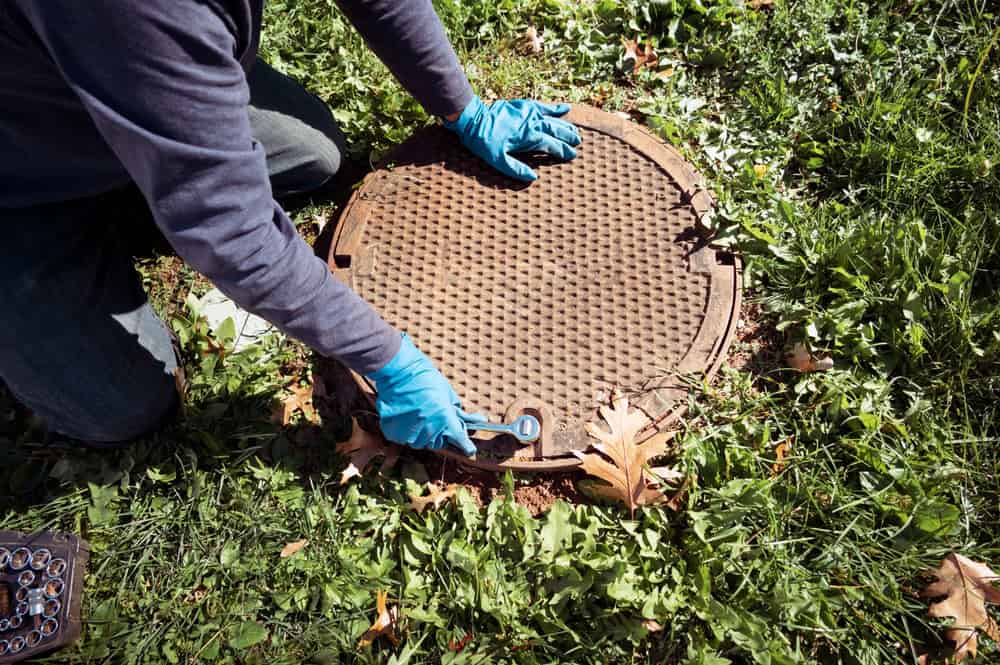
Don’t let cesspool issues disrupt your day. Reach out now for a free estimate and expert service.
©2025 Quality Cesspool All Rights Reserved. SEO Company NYC – Web Design & SEO by Hozio